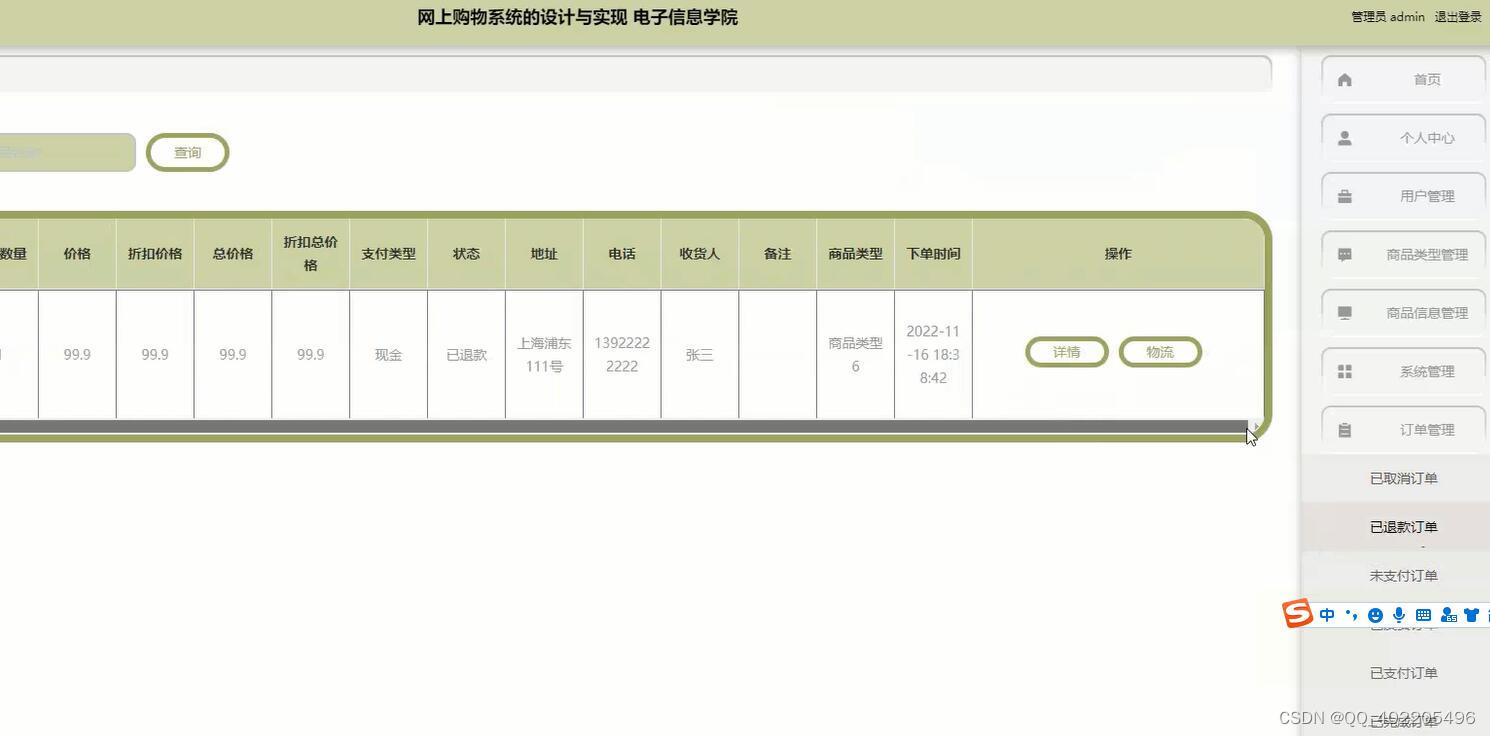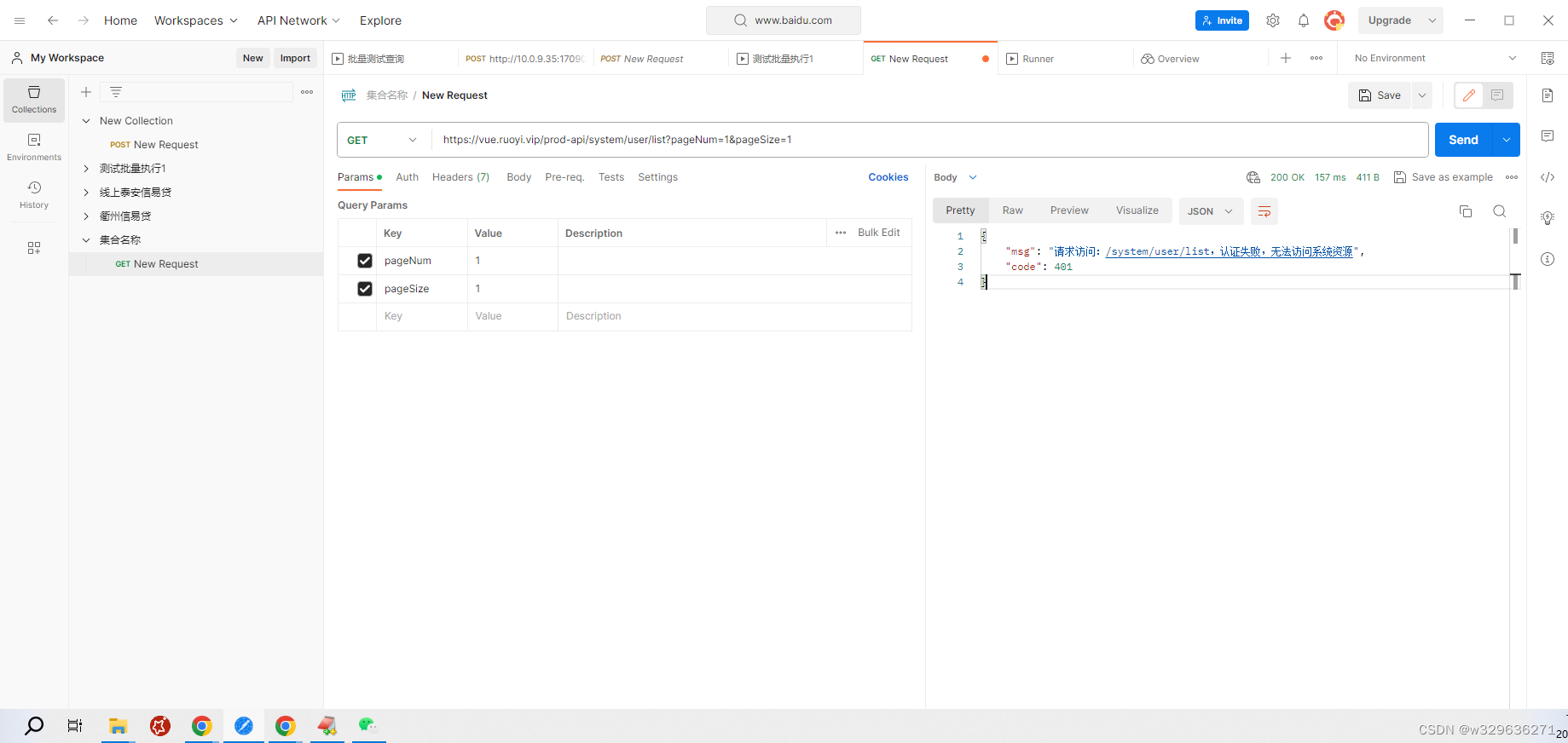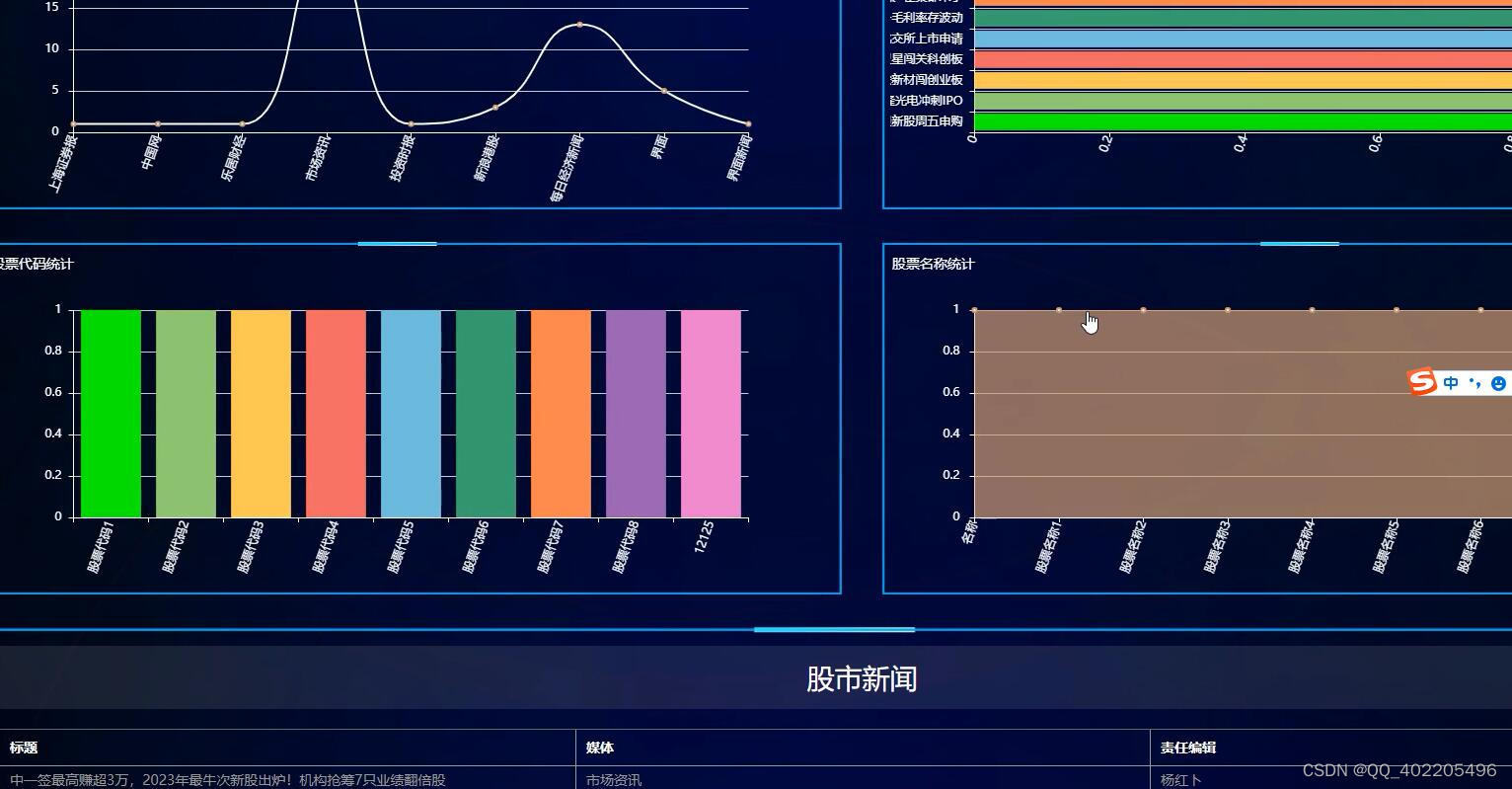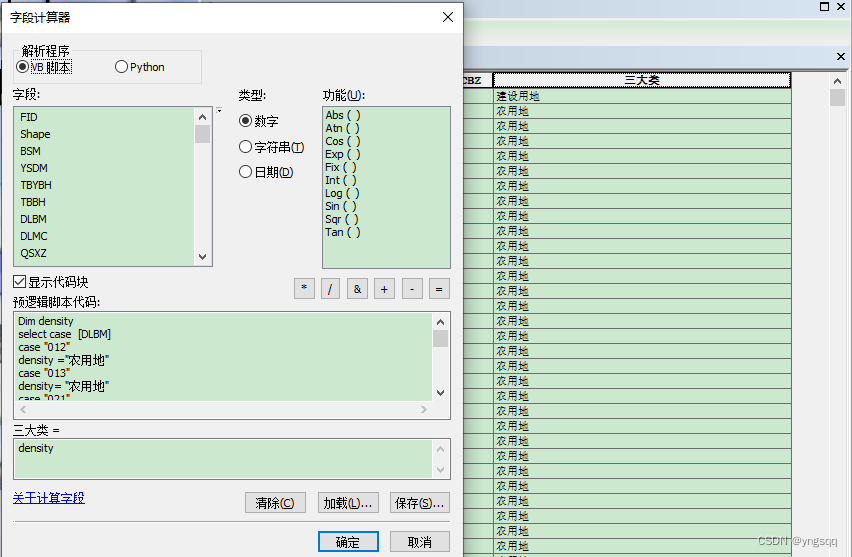本文介绍: Django作为一个高级Python Web框架,其自带的对象关系映射(ORM)是其最强大的特性之一。ORM允许开发者以编程语言原生的方式操作数据库,而无需编写原始的SQL查询。本文展示如何在Django项目中利用ORM执行各种数据库查询,并提供详细的代码示例及其解释。
Django作为一个高级Python Web框架,其自带的对象关系映射(ORM)是其最强大的特性之一。ORM允许开发者以编程语言原生的方式操作数据库,而无需编写原始的SQL查询。本文展示如何在Django项目中利用ORM执行各种数据库查询,并提供详细的代码示例及其解释。
基础查询操作
查询所有对象
from myapp.models import MyModel
# 获取MyModel表中的所有对象
all_entries = MyModel.objects.all()
for entry in all_entries:
print(entry)
from myapp.models import MyModel: 导入应用中定义的模型。MyModel.objects.all(): 获取MyModel表中的所有对象。for entry in all_entries: 遍历查询到的所有对象,并打印。
过滤查询
# 获取所有is_active为True的对象
active_entries = MyModel.objects.filter(is_active=True)
for entry in active_entries:
print(entry)
MyModel.objects.filter(is_active=True): 使用filter方法筛选出字段is_active值为True的对象。
排除查询
# 获取除了is_active为True之外的所有对象
inactive_entries = MyModel.objects.exclude(is_active=True)
for entry in inactive_entries:
print(entry)
MyModel.objects.exclude(is_active=True): 使用exclude方法排除字段is_active值为True的对象。
获取单个对象
# 获取主键为1的单个对象
try:
entry = MyModel.objects.get(pk=1)
print(entry)
except MyModel.DoesNotExist:
print("MyModel with pk=1 does not exist.")
MyModel.objects.get(pk=1): 获取主键(Primary Key)为1的对象。try...except: 异常处理,防止查询不到对象时抛出DoesNotExist异常。
复杂查询操作
链式查询
# 获取is_active为True且name以'D'开头的所有对象
filtered_entries = MyModel.objects.filter(is_active=True).filter(name__startswith='D')
for entry in filtered_entries:
print(entry)
filter(is_active=True).filter(name__startswith='D'): 链式调用filter方法来组合筛选条件。
Q对象复杂查询
from django.db.models import Q
# 获取is_active为True或者name以'D'开头的所有对象
complex_entries = MyModel.objects.filter(Q(is_active=True) | Q(name__startswith='D'))
for entry in complex_entries:
print(entry)
from django.db.models import Q: 导入Q对象。Q(is_active=True) | Q(name__startswith='D'): 使用Q对象结合逻辑运算符|(或)构建复杂查询。
跨关联关系查询
假设MyModel有一个外键ForeignKey指向另一个模型RelatedModel。
# 获取MyModel的所有对象,其关联的RelatedModel对象的name为'Sample'
related_entries = MyModel.objects.filter(relatedmodel__name='Sample')
for entry in related_entries:
print(entry)
relatedmodel__name='Sample': 使用双下划线__跨关联关系查询RelatedModel的name字段。
聚合与分组查询
from django.db.models import Count
# 对MyModel对象按is_active字段进行分组,并计算每组的数量
grouped_entries = MyModel.objects.values('is_active').annotate(count=Count('id'))
for entry in grouped_entries:
print(f"Active: {entry['is_active']}, Count: {entry['count']}")
from django.db.models import Count: 导入Count聚合函数。values('is_active').annotate(count=Count('id')): 使用values方法分组并使用annotate进行聚合,计算每组的数量。
性能优化查询
选择性字段查询
# 仅获取MyModel对象的id和name字段
partial_entries = MyModel.objects.only('id', 'name')
for entry in partial_entries:
print(entry.id, entry.name)
MyModel.objects.only('id', 'name'): 使用only方法来限制查询只返回特定字段。
延迟字段查询
# 在需要时才查询MyModel对象的description字段
deferred_entries = MyModel.objects.defer('description')
for entry in deferred_entries:
print(entry.description) # 这里才会实际查询description字段
MyModel.objects.defer('description'): 使用defer方法延迟加载指定字段,直到实际访问该字段时才会执行查询。
使用select_related优化关联对象查询
假设MyModel有一个外键ForeignKey指向另一个模型RelatedModel。
# 通过select_related获取MyModel和其关联的RelatedModel对象
entries_with_related = MyModel.objects.select_related('relatedmodel')
for entry in entries_with_related:
print(entry.relatedmodel)
MyModel.objects.select_related('relatedmodel'): 使用select_related方法来优化对关联对象的查询,减少数据库的查询次数。
使用prefetch_related优化多对多和反向关联查询
假设MyModel与OtherModel有多对多关系。
# 通过prefetch_related获取MyModel及其多对多关联的OtherModel对象
entries_with_others = MyModel.objects.prefetch_related('othermodel_set')
for entry in entries_with_others:
for other in entry.othermodel_set.all():
print(other)
MyModel.objects.prefetch_related('othermodel_set'): 使用prefetch_related方法来优化多对多和反向关联查询。
赶紧存一下吧!
原文地址:https://blog.csdn.net/qalangtao/article/details/135866404
本文来自互联网用户投稿,该文观点仅代表作者本人,不代表本站立场。本站仅提供信息存储空间服务,不拥有所有权,不承担相关法律责任。
如若转载,请注明出处:http://www.7code.cn/show_62745.html
如若内容造成侵权/违法违规/事实不符,请联系代码007邮箱:suwngjj01@126.com进行投诉反馈,一经查实,立即删除!
声明:本站所有文章,如无特殊说明或标注,均为本站原创发布。任何个人或组织,在未征得本站同意时,禁止复制、盗用、采集、发布本站内容到任何网站、书籍等各类媒体平台。如若本站内容侵犯了原著者的合法权益,可联系我们进行处理。






